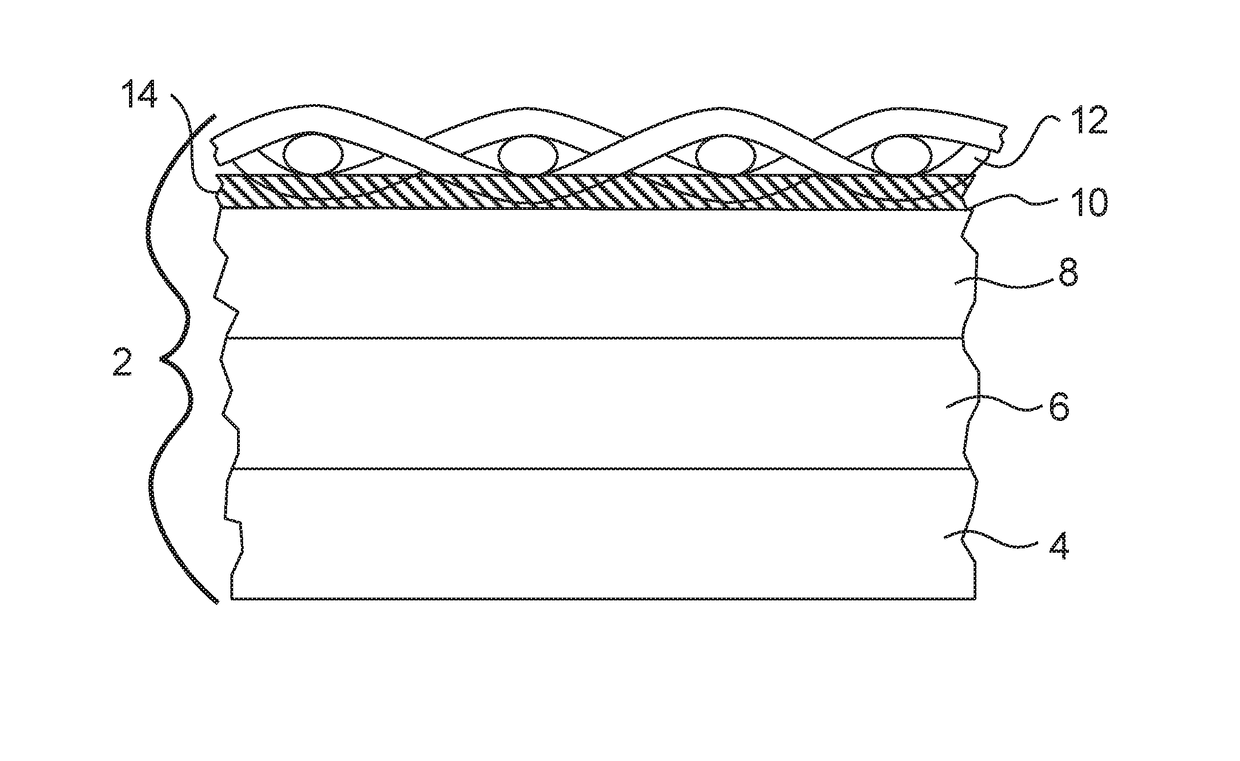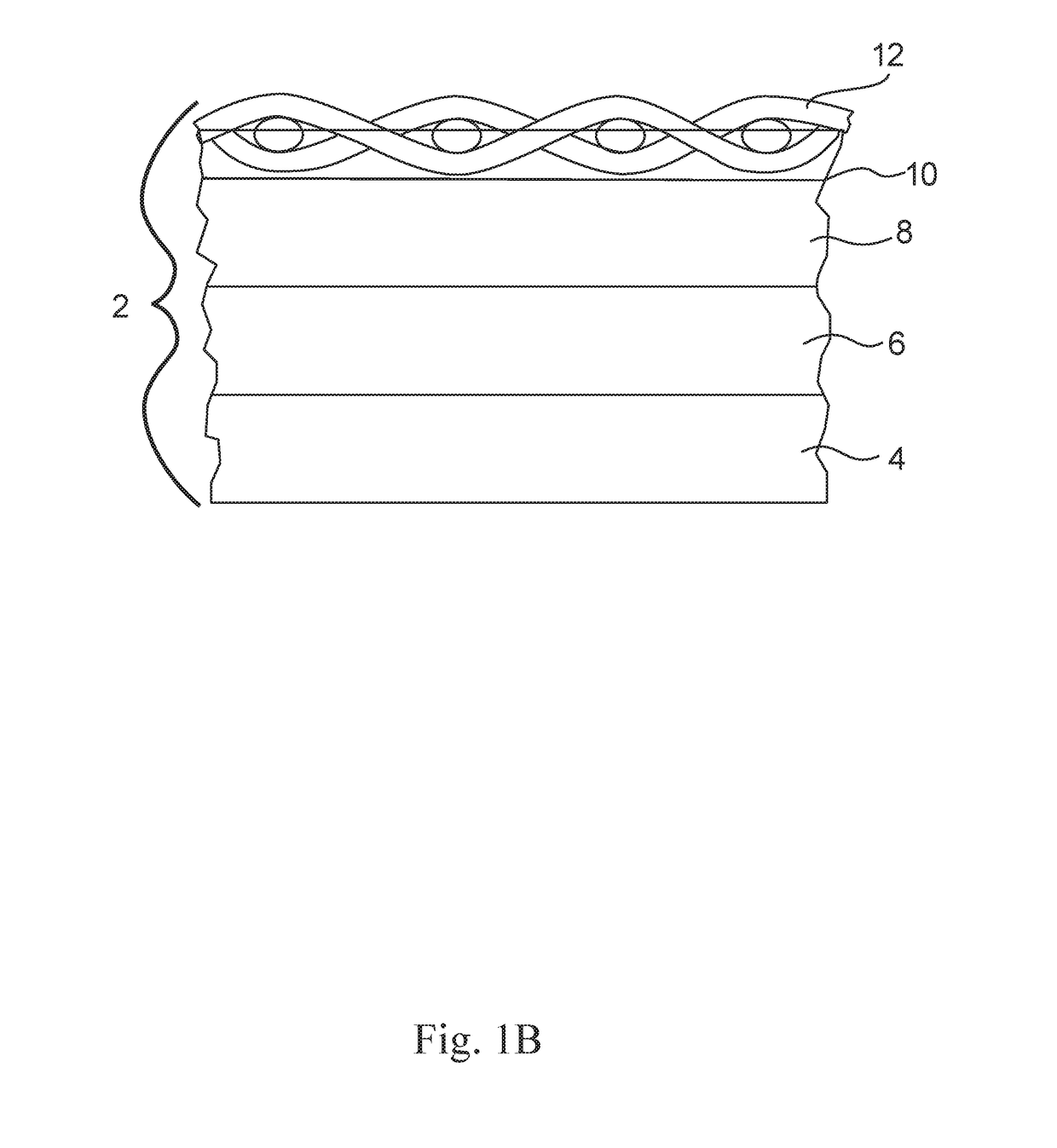Abrasion resistant film for biocontainers
a biocontainer and abrasion resistance technology, applied in the direction of fluid-tightness measurement, synthetic resin layered products, packaging, etc., can solve the problems of reducing the service life of the biocontainer, the chance of abrasion, puncture or abrasion to occur to the biocontainer, and the loss of the biocontainer and its contents. , to achieve the effect of reducing system cost and complexity and reducing the potential for sh
- Summary
- Abstract
- Description
- Claims
- Application Information
AI Technical Summary
Benefits of technology
Problems solved by technology
Method used
Image
Examples
example 1
[0075]Three typical Single Use biocontainer films were compared to a composite substrate, made in according to the present invention, for abrasion and puncture resistance.
[0076]The substrate when used was extrusion coated onto the outer surface of the film using a polyethylene, copolymer attachment layer The attachment layer as embedded in the substrate was heated to a temperature of 500 degrees (F.)+ / −20 degrees (F.) (260° C.+ / −11° C.) and laminated under 10 pounds per square inch pressure by a roller.
[0077]A Taber Industries Linear Abrasion Tester was procured and a strip of each sample of 1.5 inch by 3 inch (3.8 cm×7.6 cm) was placed between the stylus and backing cylinder. Both the stylus and backing cylinder were capable of carrying an electrical current. The stylus was brought into contact with the surface of the sample or Control and reciprocated linearly over the surface of the material being tested with a stroke of 4 inches and at a cycle rate of 30 cycles per minute until ...
example 2
[0080]A biocontainer was formed using the substrate / film material according to the embodiment of Example 1. A window was formed in it by simply cutting out the window shape in the substrate before it was attached to the film.
example 3
[0081]A first biocontainer was formed using a transparent substrate material (nylon woven fabric) which was laminated to the film material according to the embodiment of Example 1. A window formed in it by simply heating and compressing a window shape in the substrate before it was attached to the film. A second biocontainer was formed using a transparent substrate material (polyester nonwoven) which was laminated to the film material according to the embodiment of Example 1. A window formed in it by simply heating and compressing a window shape in the substrate before it was attached to the film.
PUM
| Property | Measurement | Unit |
|---|---|---|
| volume | aaaaa | aaaaa |
| pressure | aaaaa | aaaaa |
| pressures | aaaaa | aaaaa |
Abstract
Description
Claims
Application Information
 Login to View More
Login to View More - R&D
- Intellectual Property
- Life Sciences
- Materials
- Tech Scout
- Unparalleled Data Quality
- Higher Quality Content
- 60% Fewer Hallucinations
Browse by: Latest US Patents, China's latest patents, Technical Efficacy Thesaurus, Application Domain, Technology Topic, Popular Technical Reports.
© 2025 PatSnap. All rights reserved.Legal|Privacy policy|Modern Slavery Act Transparency Statement|Sitemap|About US| Contact US: help@patsnap.com



